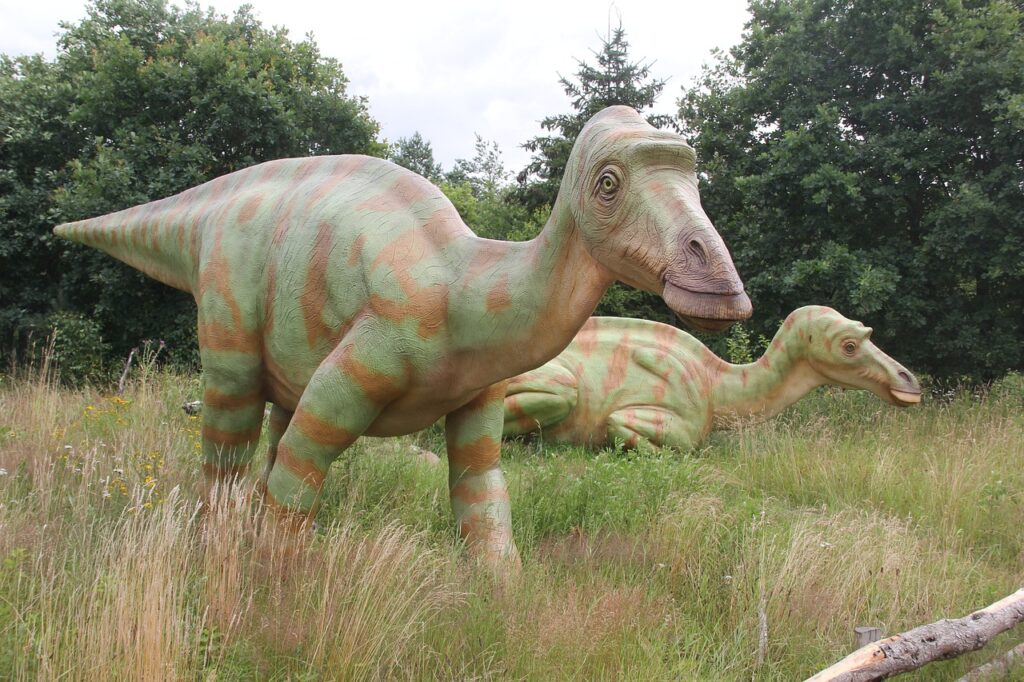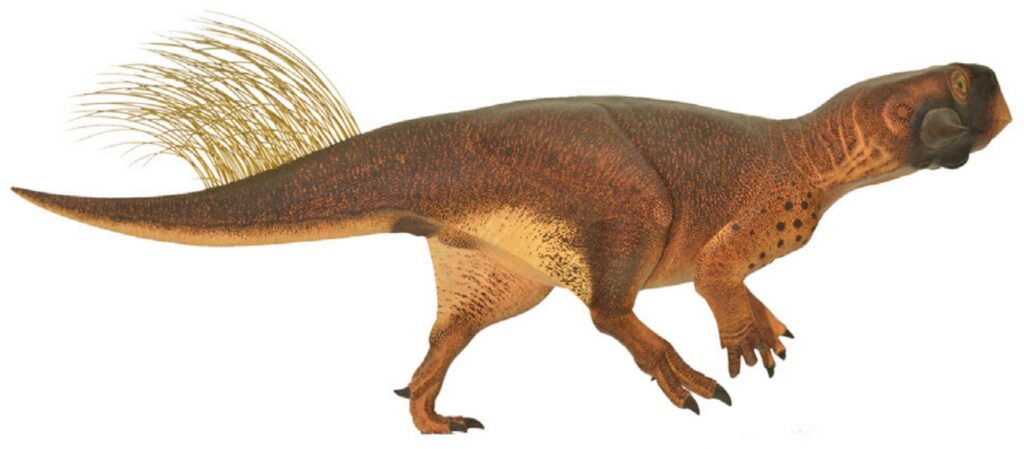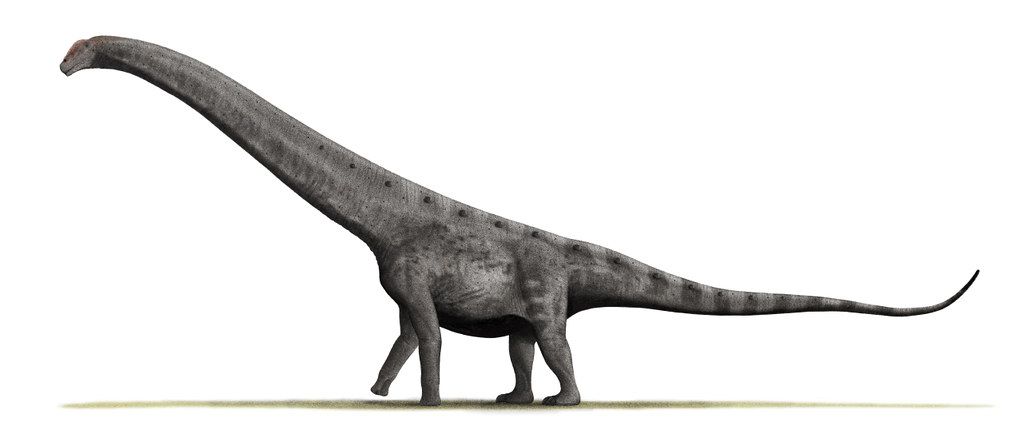You’ve probably heard stories about terrible lizards that roamed the Earth millions of years ago, but very few dinosaurs captured the hearts of paleontologists quite like Maiasaura. This remarkable duck-billed dinosaur challenged everything scientists thought they knew about prehistoric parenting. What started as a chance discovery in a small Montana rock shop would eventually rewrite the history books about dinosaur behavior.
From their extraordinary maternal instincts to their sophisticated social structures, these gentle giants continue to surprise researchers decades after their discovery. So let’s dive into the fascinating world of Maiasaura and discover what makes them truly special.
They Were Champion Parents Among Dinosaurs
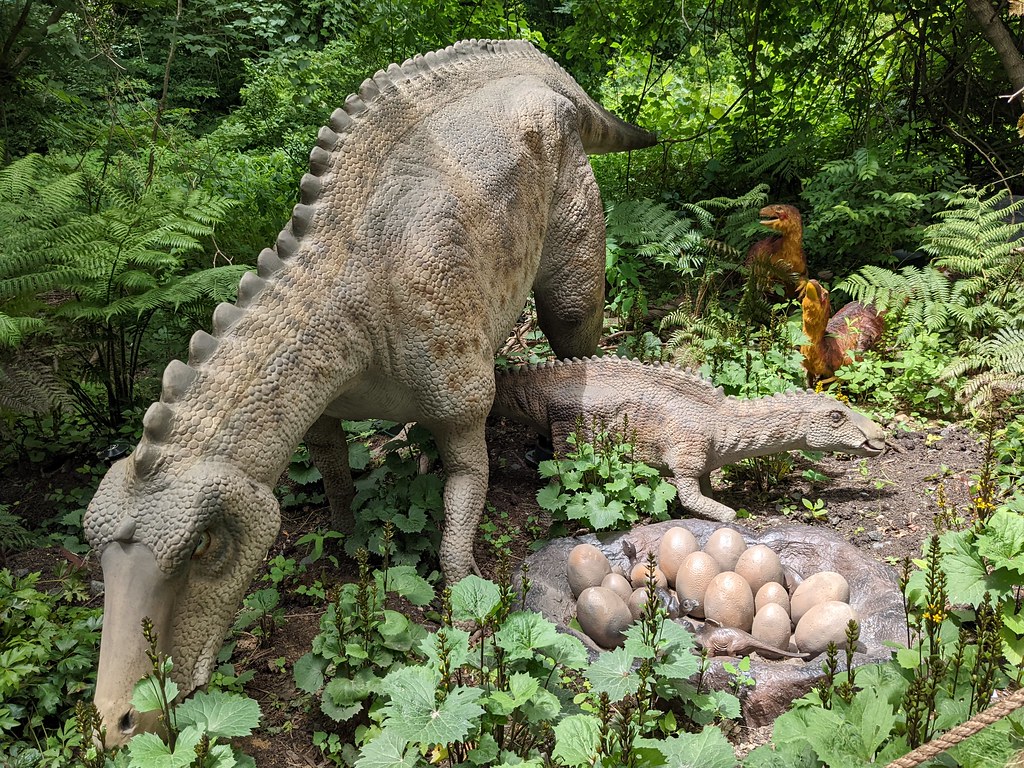
The discovery of Maiasaura provided the first proof of giant dinosaurs raising and feeding their young. It allowed for interpretations such as that Maiasaura fed its young while they were in the nest. Unlike modern reptiles that typically abandon their eggs after laying them, Maiasaura mothers stayed with their babies for extended periods.
The discovery of embryonic and hatchling remains were discovered in a bowl-shaped nest, and analysis of their bone structure suggests that the young were unable to walk. Additionally, wear patterns on the hatchling teeth suggest they had been feeding before their untimely demise. It’s believed the young may have remained in the nest for up to two months.
Their Name Literally Means “Good Mother Lizard”
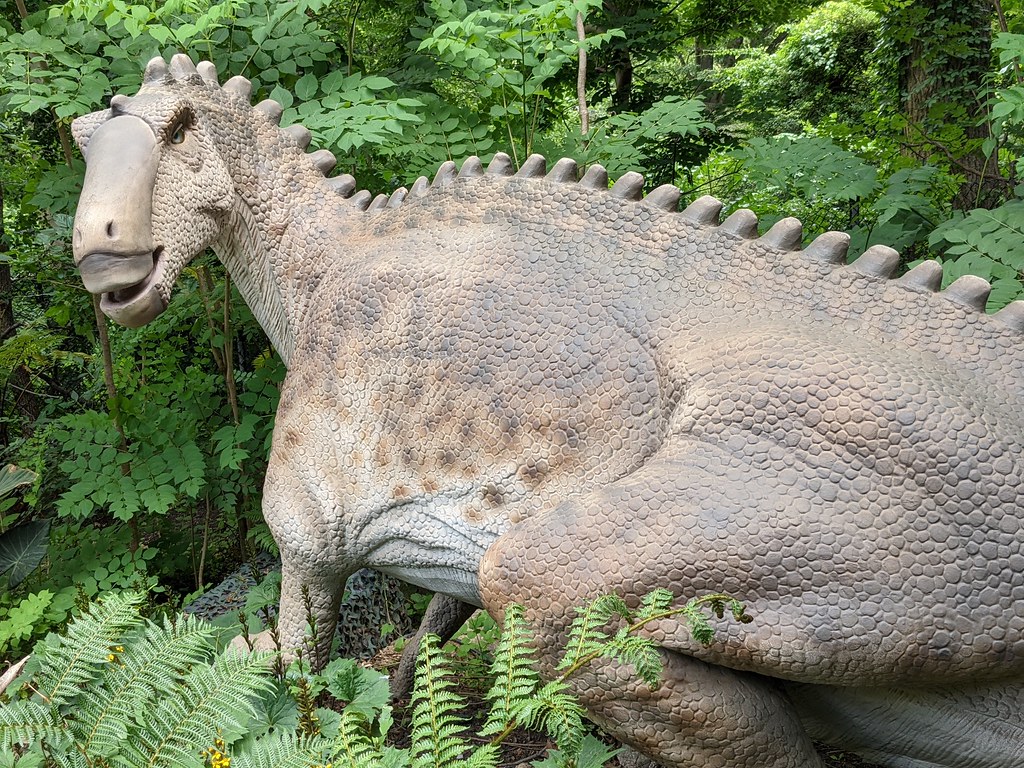
The generic name related to the Greek goddess Maia, the mother of Hermes; to emphasise this, they used the feminine form of saurus: saura. The Greek word Maia means good mother and saura means lizard. This meaningful name was chosen specifically because of the groundbreaking parental behavior evidence found at their nesting sites.
The specific name honours the families of John and James Peebles, on whose land the finds were made. The complete scientific name, Maiasaura peeblesorum, beautifully combines recognition of both maternal behavior and the generous landowners who made the discovery possible.
They Possessed Over 900 Specialized Teeth for Plant Processing
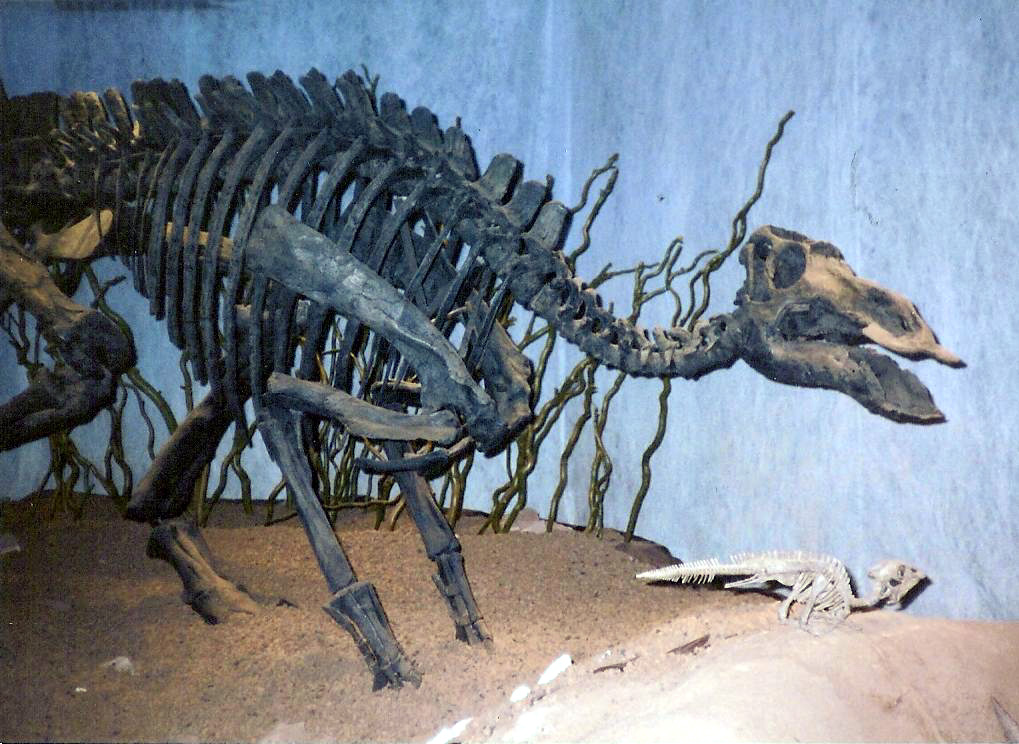
It had hundreds of short, sturdy teeth made to chew and crush up plants. Their teeth were located in the cheek area of their mouth. This plant-eater had a toothless beak, cheek pouches, and many self-sharpening cheek teeth; hard enamel was found on both the outer surface of the upper teeth and the inner surface of the lower teeth.
Their teeth fit tightly together to form a large flat grinding surface. For each functioning tooth, there were four to five growing teeth ready to replace it if needed. Its complex dental battery, with hundreds of replacing teeth, played a vital role in plant selection, allowing Maiasaura to consume low-lying vegetation like ferns and shrubs.
They Lived in Massive Herds of Up to 10,000 Individuals
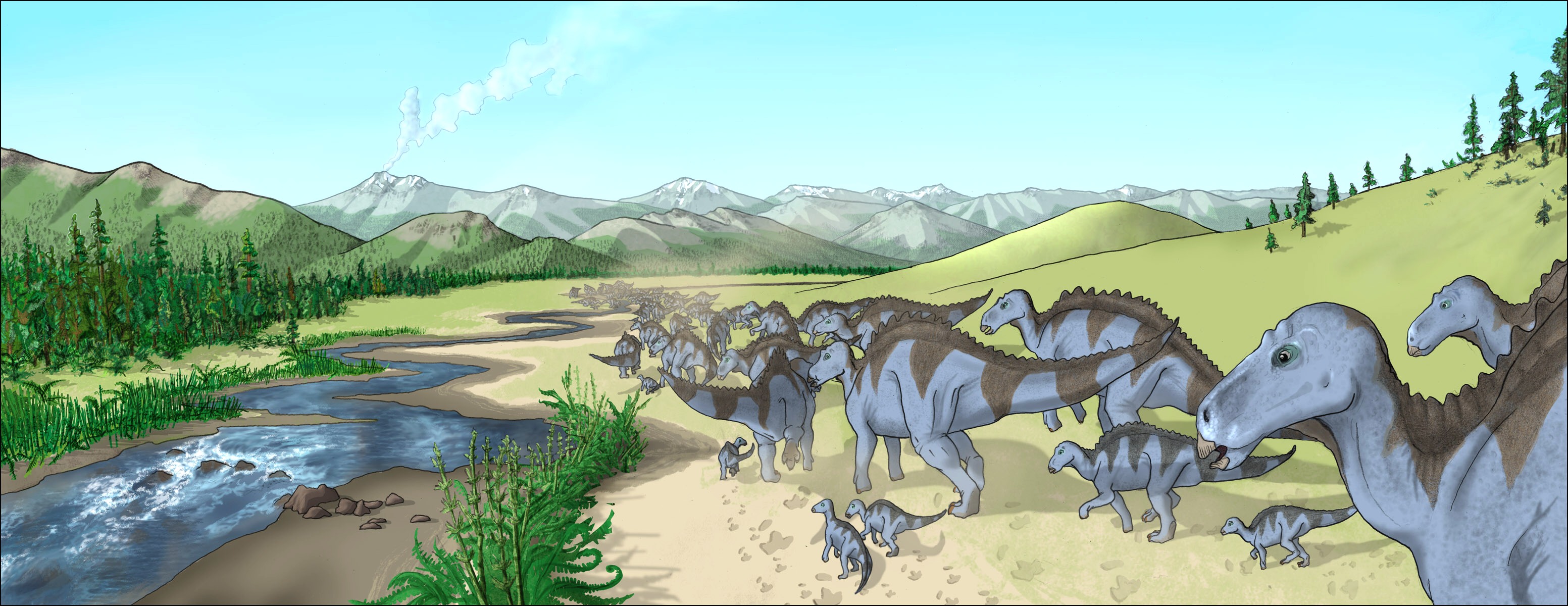
Mass bone beds discovered in the Two Medicine Formation show that herds could be extremely large and comprise as many as 10,000 individuals. Maiasauras dwelled in an inland habitat, and were gregarious creatures, living in huge herds with even up to 10,000 individuals in a single group. These enormous congregations likely provided protection from predators through sheer numbers.
Maiasaura lived in herds and it raised its young in nesting colonies. The nests in the colonies were packed closely together, like those of modern seabirds, with the gap between the nests being around 7 metres (23 ft); less than the length of the adult animal.
They Had Remarkably High Mortality Rates as Babies
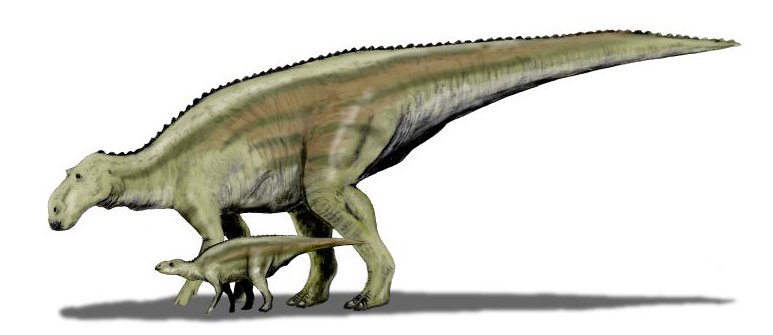
From a sample of fifty individual Maiasaura tibiae, it was found that Maiasaurs had a mortality rate of about 89.9% in their first year of life. This staggering death rate meant that nearly nine out of ten baby Maiasaura wouldn’t survive their first year. However, those that made it past this critical period had much better chances.
If the animals survived their second year, their mortality rate would drop to 12.7%. Sexual maturity was found to occur in their third year, while skeletal maturity was attained at eight years of age. In their eighth year and beyond, the mortality rate for Maiasaura would spike back to around 44.4%.
They Changed from Bipedal to Quadrupedal as They Aged
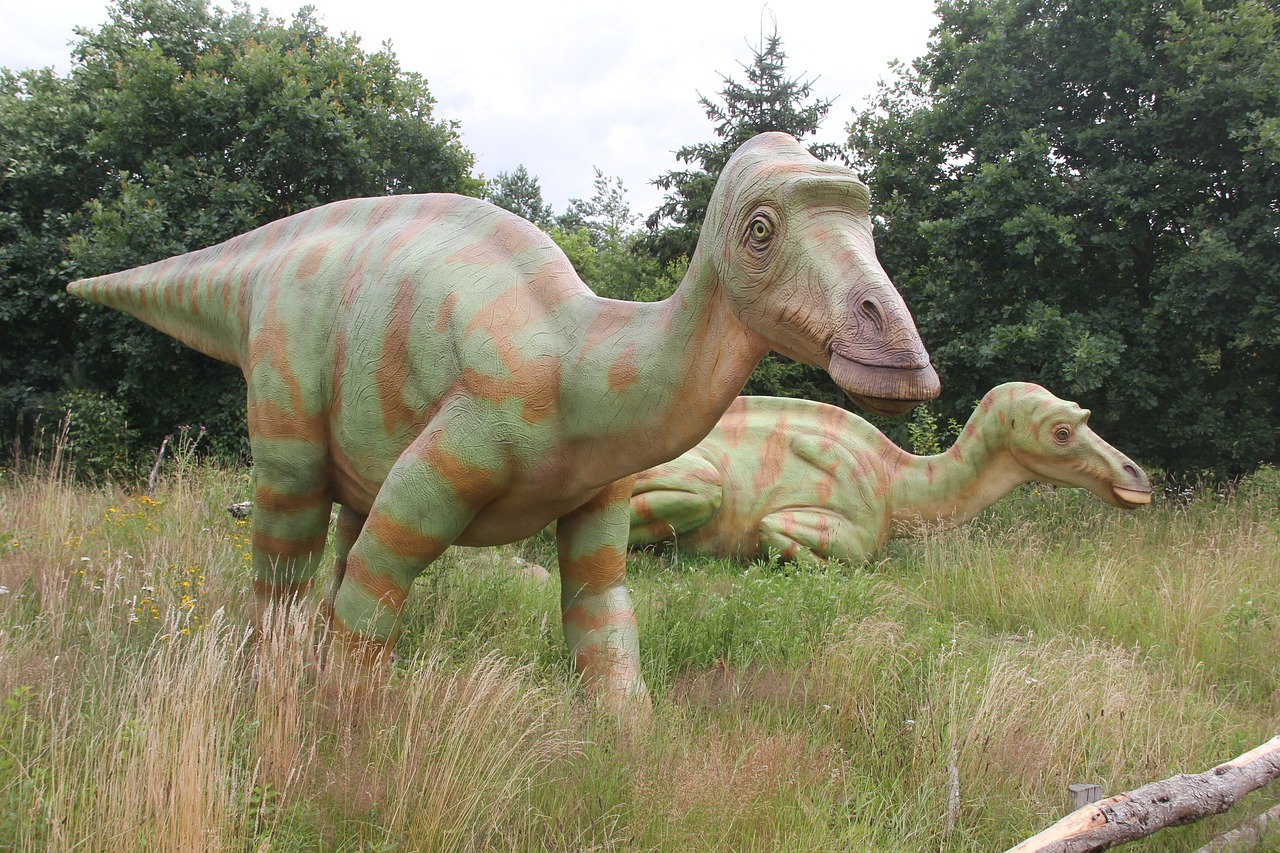
Young animals walked on their hind legs, adults on all fours. The studies that followed also found that Maiasaurs were primarily bipedal as juveniles, and switched to a more quadrupedal stance as they aged. This fascinating locomotion change reflected their growth and changing body proportions throughout their lives.
In addition, paleontologists estimate this dinosaur could run at a speed of 25mph on its hind legs. Adults likely stood on their hind legs to pull at vegetation located in the treetops.
They Enjoyed a Surprisingly Diverse Diet Including Rotting Wood

A paper from 2007 showed that Maiasaura had a diet consisting of fibrous plants, wood, rotting wood, tree bark, leaves, branches, ferns, angiosperms and possibly grasses. This varied menu went far beyond what scientists initially expected from a herbivorous dinosaur. It probably had to eat many pounds of leaves, berries, seeds and woody plants each day to survive.
It was also found that Maiasaura also included rotting wood in its diet, as well that its environment had a long, dry season prone to drought. This adaptation to consuming decomposing plant matter likely helped them survive during harsh seasons when fresh vegetation was scarce.
They Grew at Extraordinary Rates Rivaling Modern Mammals
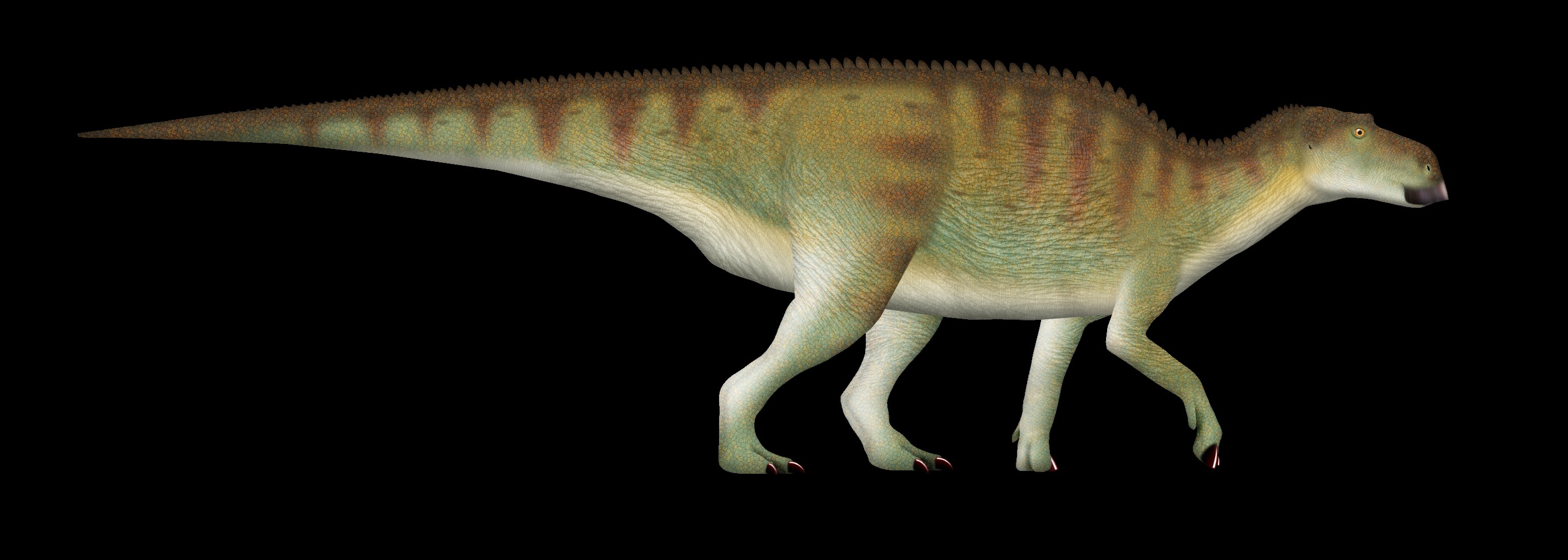
A study led by Oklahoma State professor and Montana State doctoral graduate Holly Woodward Ballard found that Maiasaura were just over one foot long as hatchlings but would have grown up to nine feet after just one year. Mature adults would have reached a length of 30 feet in about eight years. This represents one of the fastest growth rates documented in any dinosaur species.
The rapid growth seen in Maiasaura approaches rates seen in birds and other large-bodied warm-blooded mammals, like elk. This adds to an ever-growing line of evidence that suggests dinosaurs were active, warm-blooded creatures, more like birds and mammals and less like reptiles.
Conclusion
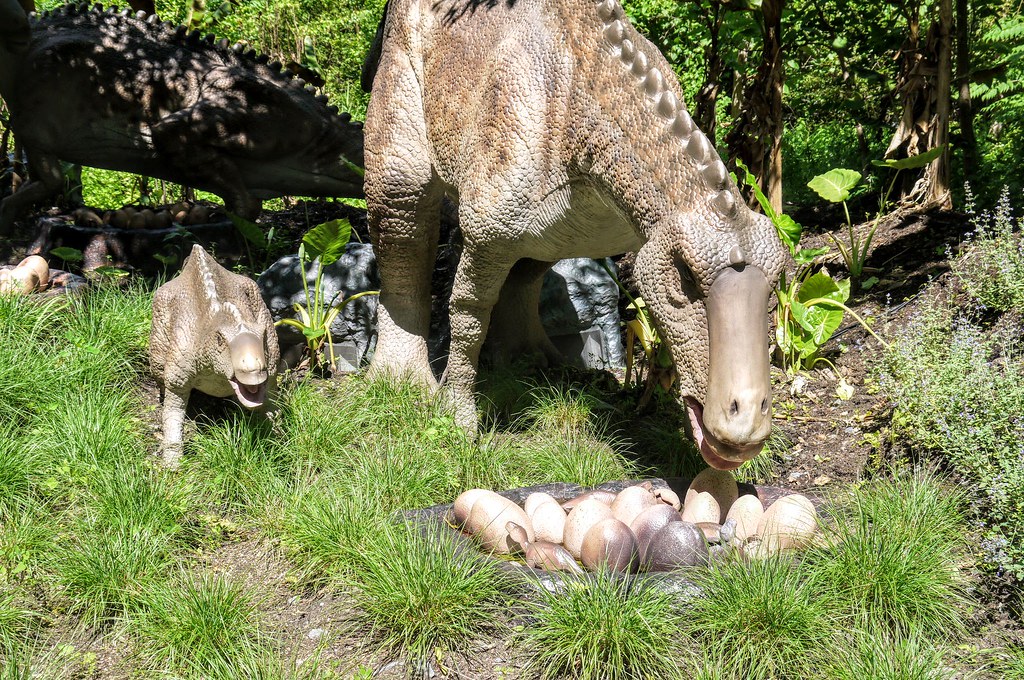
Maiasaura revolutionized our understanding of dinosaur behavior and challenged the cold-blooded, uncaring reptile stereotype that dominated paleontology for decades. These remarkable creatures demonstrated sophisticated parenting skills, complex social structures, and impressive adaptability that would make any modern animal species proud.
Their legacy extends far beyond the fossil record, inspiring new generations of scientists to look beyond bones and consider the rich emotional and social lives of prehistoric animals. What do you think about these incredible parenting dinosaurs? Tell us in the comments.

